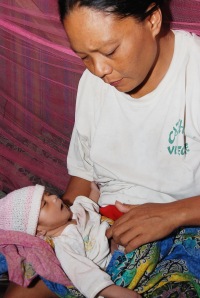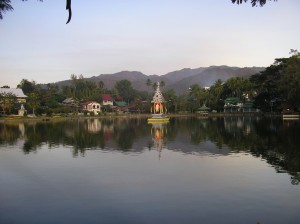Pinang Dan and Marawiya are “bakwits,” a local term for internally displaced persons, from Datu Piang, Maguindanao. Like many residents, they fled their villages at the height of military offensives against three Moro Islamic Liberation Front commanders in 2008. More than half of the “bakwits” were women who often become the breadwinners ensuring their family’s survival during armed conflict.
The stories of Pinang and Marawiya are among those featured in a video produced by the Mindanao Commission on Women. Written and directed by Charina Sanz and Ferdie Cabrera, the video also shows the various initiatives of Moro women in ensuring their participation and representation during formal peace negotiations and the protection of women’s human rights during conflict. Watch the video. http://www.youtube.com/watch?v=HZh4uBMIuwI&feature=share




